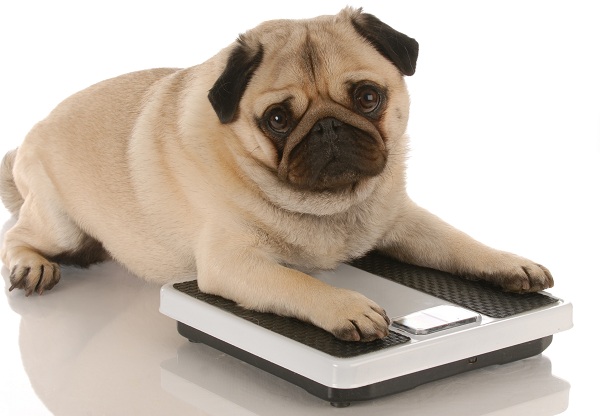The Causes of Weight Loss in Dogs and How to Help a Dog Fatten Up
Introduction
Welcome to our article on dog weight loss and how to help a dog gain weight or Fatten Up.
In this post we will be looking at the main causes of weight loss in dogs, how those causes may be treated, and how you can help your dog put weight back on again. The most important step in the process is finding out what has made your dog lose weight in the first place.
More...
Figure out the cause of
the dog’s loss of weight
If your dog has lost a lot of weight suddenly, it could be a sign that your pet is suffering from an illness, is not eating enough, or is not getting the nutrients the needs from the food you are feeding it.
The important thing is to first find out why your dog has lost weight and the best way to do that is to take your dog to a veterinarian. Here are the main causes of weight loss in dogs and some tips on how to go about helping an underweight dog put on weight.
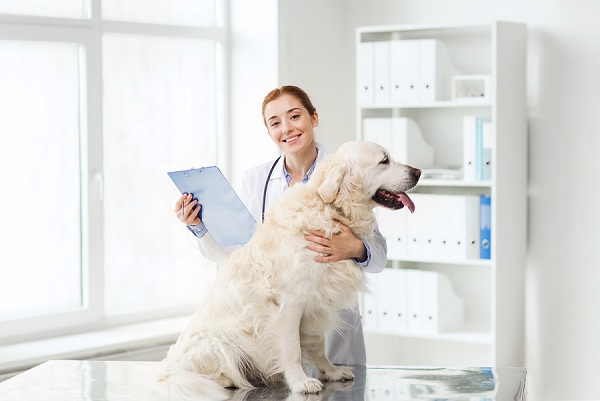
1. Malnourishment: (40%)
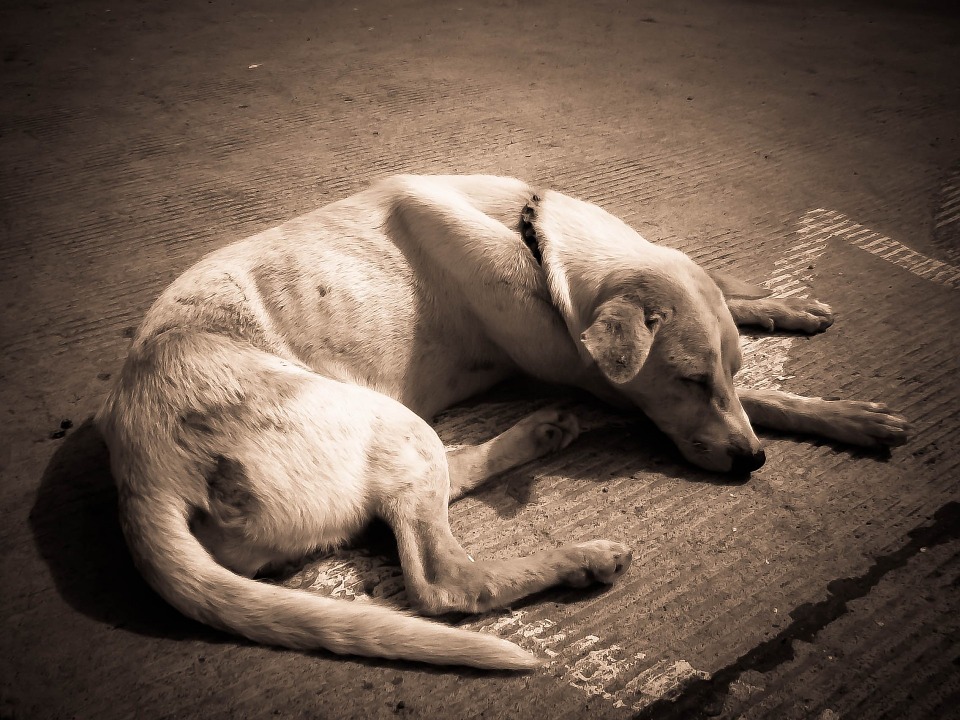
If malnutrition occurs in a dog as a result of neglect on the part of the owner, then that is considered to be a form of animal abuse. However, not every case of dog malnourishment is the fault of the owner.In some cases it could be a lack of knowledge of the nutritional requirements that a dog has that causes malnourishment, and in others, it could be that an underlying health problem, such as the ones we have described below, has led to the weigh to loss.
Whatever the cause, it is important to recognise the symptoms of malnourishment and to treat the malnourishment as well as the underlying causes of it. If you do think that your dog might be malnourished, you should take your pet to a veterinarian immediately. The signs to look out for are as follows:
The Symptoms Of
Severe Malnutrition
1.1 Appearance
- The most obvious signs that a dog is malnourished will be the physical ones. In severe cases, the dog will look extremely thin and the ribs and the spine of the animal may be visible under the skin. In less severe cases, a vet will be able to determine if a dog is malnourished by referring to a body scoring chart. A malnourished dog will also often have dry skin or dandruff and their fur will not be soft, glossy and healthy looking.
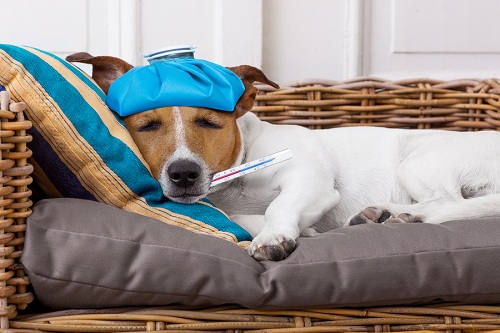
1.2 Gastrointestinal Problems
- Malnourishment will also affect a dog’s bowel movements. A malnourished dog is likely to suffer with excessive wind, irregular bowel movements, abdominal pain, and either extremely hard stools or extremely runny diarrhoea.
1.3 Susceptibility to Illness
- Malnourishment will impair a dog’s immune system, so they will become much more susceptible to illness. They will also not have the energy to recover from illnesses, so even minor ailments will have a greater effect on dogs than they usually would have and the illness will last longer too. It should be noted, however, that in some cases, the illness may be the cause of the malnutrition rather than a symptom of it.
1.4 Lack of Energy
- Malnutrition will also cause a dog to have no energy. It is likely that the dog will not want to run around, play, or seek any attention from humans. Dogs suffering with malnutrition may also start to show signs of depression or start to display neurotic behaviours.
How to Help a Dog Put on Weight
Of course, there are different degrees of malnutrition and what we have described above are the symptoms of severe malnutrition. Whether your dog needs to gain weight after a an illness, as a result of one of the causes of weight loss listed below, or you have adopted a rescue dog that needs to put on weight, the tips below will help you fatten up a dog and bring it back to a healthy weight.
2.1 Talk to Your Veterinarian
- The first thing to do if you think that your dog is underweight is to take your pet to a veterinarian for a check-up, because sudden weight loss is often a sign of other health issues. You will need to know what treatment is needed for any other ailments that your dog has before you start a weight gain program for your dog.
2.2 Weigh Your Dog Regularly and Keep a Journal
- You will need to weigh your dog regularly to keep track of progress and, if you keep a journal, you can record how the dog’s weight changes and what may have caused either a weight gain, or a weight loss. Different dogs react differently to different types of foods, so a journal will help you identify what types of food are the best for helping your dog gain weight.
2.3 Increase the Calories According to the Breed of Your Dog
- If your dog has been under-eating for some time, you will need to gradually increase the amount of food that you feed it. Find out what the ideal weight of your breed of dog is and what the recommended daily calorie intake for the breed is and use that as your guide for how much to feed your dog. Pre-prepared dog food will have the calories contained in each portion printed on the packaging, or most big dog food manufacturers also provide advice and calorie guides on their websites.
2.4 Use a High Quality Dog Food
- If your dog has lost a lot of weight, then your pet will be lacking in some important nutrients, which could lead to other health problems. When you are fattening up a malnourished dog, it is advisable to feed your pet with the highest quality dog food that you can afford, because the more expensive dog foods generally contain far more nutrients than the very cheap brands.
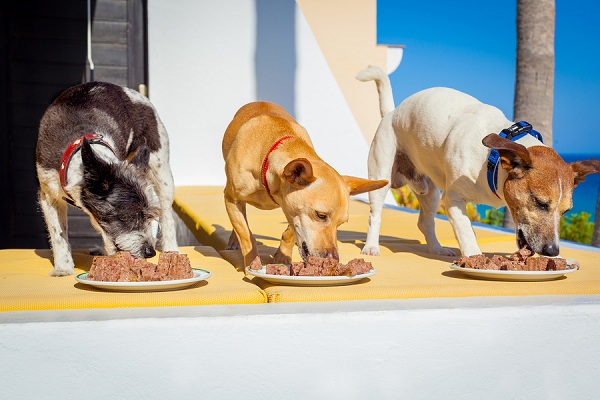
- It is important to feed a malnourished dog a variety of foods to ensure that it gets a broad spectrum of vitamins and minerals, but one mineral that will be especially lacking in an undernourished dog will be Vitamin B-12, or thiamine. To boost the levels of Vitamin B12 you can feed your dog snacks of chicken liver or cooked beef. Eggs are also a good source of Vitamin B12, as well as a number of other nutrients that the dog will be lacking in.
- At first, an undernourished dog will not want to eat large meals, because its stomach will have become used to having less food in it, so feed the dog small meals regularly rather than one or two large daily meals. The dog will also probably have trouble digesting food, so puppy food is usually a better choice of dog food for a malnourished dog.
- You may also need to add supplements to the dog’s food to boost their intake of vitamins and minerals. It is important to make sure that any supplements that you use contain a broad range of vitamins and minerals. You can also introduce high-energy dog foods to the dog’s diet, which contain more calories than regular dog food, but you should do this gradually to avoid further upsetting the dog’s stomach.
- Feeding a dog a varied diet will help the dog put on weight and it will provide the dog with a wider variety of nutrients. Switch from dried food to wet food, or vice versa, and you could also feed your dog homemade dog food, which often contains more nutrients than even the best commercially prepared dog food.
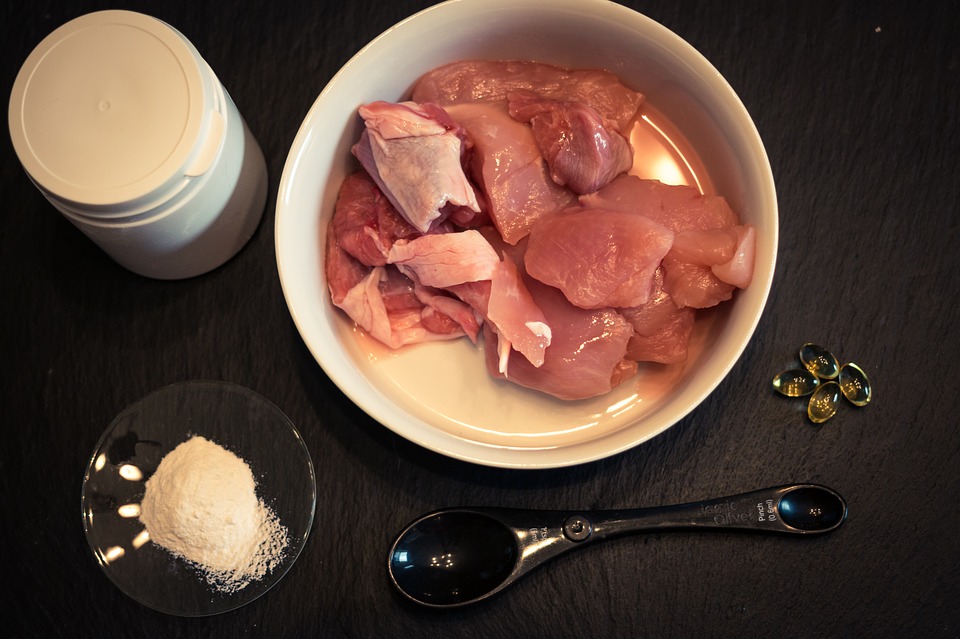
- While a severely undernourished dog may not have the energy for any strenuous exercise, regular exercise will help bring the dog back to good health, even if it is only a short, gentle walk to start with. Exercise will help rebuild the muscles that may have become wasted and it will help the dog digest food properly.
Tapeworm Or Other Parasites
Tapeworms are intestinal parasites that live inside a dog’s gut and feeds off the food that the dog eats. Although tapeworms will not cause any long-term harm to a dog, they will reduce the amount of nutrition that is available to the dog, so they are a common cause of weight loss in dogs.
In addition the to the weight loss, other symptoms that would indicate that your dog has tapeworms are segments of tapeworm in the dog’s faeces, the dog licking and biting its anus, and the dog rubbing its anus along the ground.
If you do think that your dog has tapeworms, you will need to take your pet to a veterinarian, who will prescribe drugs to treat the infestation. There are a number of drugs available to treat tapeworm, the most common of which is praziquantel. The drug may be administered by injection or orally, and it does not usually cause any side effects. It is important that you complete the full course of any drug prescribed, or it may not completely clear up the tapeworm infestation.
Dental Problems
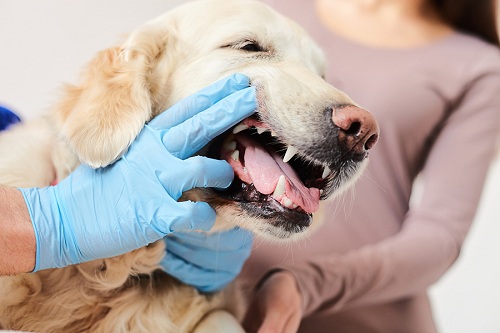
Weight loss in a dog could be simply being caused by a dental problem. If your dog has anabscess, gum disease or any other type of problem with its teeth, your pet might be finding it too painful to eat.
Common symptoms of dental problems in dogs include bad breath, blood on the dog’s teeth or on the dog’s toys, weight loss, loose teeth, reluctance to eat or chew, and you might notice the dog making unusual noises when it does try to eat.
There are many types of dental problems that could be the cause of your dog losing weight, so if you spot any of the above symptoms, you should take your dog to a veterinarian for an examination. The prescribed treatment will depend on the particular dental problem that your dog is suffering with.
See the Guide How to Clean a Dog’s Teeth and Prevent Tartar
Diabetes
The causes and symptoms of diabetes in dogs are very much the same as they are for diabetes in humans and the insulin deficit and the inability of the body to popery absorb sugar will lead to an increase in appetite and, at the same time, a loss in weight.
Other symptoms that may be an indication that your dog has diabetes are an excessive thirst, sweet smelling breath, lethargy, increased urination, and vomiting. To diagnose diabetes, a veterinarian will need to do an examination, take blood tests, and complete urine tests.
The treatment of diabetes will vary depending on the severity of the condition. In very severe cases, the dog may need to be hospitalised for intensive treatment. Some dogs may respond well to a high fibre diet and oral medication, but for most dogs, regular insulin injections will be required to treat diabetes.
For female dogs, spaying is usually recommended as well, because the female sex hormones can make diabetes worse.
Anxiety or Depression
Stress, anxiety or depression can also be a cause of weight loss in dogs. This is due to the fact that a dog will not eat if it is anxious and does not feel safe, or if the dog has depression, it will simply lose its appetite in the same way that humans with depression do.
The symptoms that are commonly displayed by dogs suffering with anxiety and depression include a loss of appetite, isolation, aggression, increased sleeping, digestive problems, and fearful body language or facial expressions.

Diagnosing and treating a dog with mental disorders like depression and anxiety can be very difficult. To help your dog at home, you can create a safe place for your pet where they won’t be disturbed and they can feel safe. Exercising your dog and playing with it more often will also help. You could also try switching up the dog food that you feed your dog with,to a high quality brand, because anxiety and depression can be caused in dogs by an unbalanced diet.
Most dogs bounce back from depression and anxietywith little more than a bit of love, care and attention fromtheowner, but in severe cases, a veterinarian may prescribe antidepressant similar to those taken by humans.
Liver Disease
Liver disease in dogs can be caused by ageing, medication, poor diet, physical damage to the liver, diabetes and some plants and herbs can trigger liver disease in dogs.
Loss of appetite and weight loss are the first indications of liver disease, especially when that is combined with yellowing of the eyes, tongue and gums, blood in the urine or stools, increased thirst and urination, confusion and, in severe cases, seizures.
The treatment of liver disease in dogs will depend on how quickly the problem is diagnosed and the seventy of the condition. In some cases, a special diet to make sure that your dog is getting the nutrients that he needs will help repair the liver. Supplements such as milk thistle or SAM-E may be prescribed, or your veterinarian may prescribe medication to treat the condition.
Thyroid Problems
Just like the human body, a dog’s body is controlled by hormones and if the dog has thyroid problems, the hormones get out of balance, which can lead to rapid weight loss.
Hypothyroidism is quite a common condition in dogs and it can affect any breed. One of the ways thathypothyroidism can manifest itself is rapid weight loss, because the dog’s metabolism is working at such a rapid pace that the dog’s body is processing food without absorbing the nutrients. Other symptoms of thyroid problems in dogs include flaky skin, a dull and thinning coat, sluggishness, and muscle loss.
Once they have been diagnosed, thyroid problems are easily treated. Treatment will usually involve administering the drug levothyroxine or L-thyroxine, which are artificial hormones that rebalance the hormone levels in your pet.
Addison’s Disease
Addison’s disease in dogs is quite rare, but it will cause weight loss. The disease occurs when the adrenal gland stops producing sufficient corticosteroid, causing a condition known as hypoadrenocorticism.
Addison’s disease can be quite difficult to diagnose, because the symptoms can come and go, but the main indications that Addison’s disease might be causing weight loss in your dog are vomiting and diarrhoea, lack of appetite, increased thirst and urination and, in some cases physical shaking.
Once Addison’s disease has been diagnosed, the treatment is relatively straightforward. Your veterinarian will prescribe drugs for your pet that will need to be administered daily. Your dog will also need regular check-upsso that the condition can be monitored.
Mouth Lesions
One of the more simple causes of weight loss in dogs is mouth lesions and mouth ulcers, which can be caused by a whole range of different things including some of the ailments that we have already mentioned. Mouth lesions and mouth ulcers will make it painful for your dog to eat and that will untimely cause weight loss.
As well as a loss of appetite if your dog has mouth lesions you might also notice bad breath, bleeding, and your dog may develop thick, ropey looking saliva. Because mouth lesions may be an indication of another underlying health problem, you should take your dog to a veterinarian if you suspect that your pet has them. Thetreatment for mouth lesions will depend on the cause, but you may also have to supplementthedog’sfood to make up for the lost nutrients. Antimicrobial drugs may also be prescribed to clear up any infection.
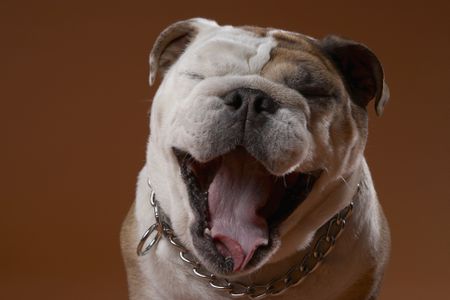
image via: The Spruce Pets
Pregnancy
In the early stages of pregnancy, a dog may experience nausea and weight loss. The other indications that it is pregnancy that is responsible for your dog’s weight loss are swollen or discoloured nipples, lethargy, and a decrease in appetite followed by an increase in appetite later on in the pregnancy.

If you do suspect that your dog is pregnant, you should take her to a vet to make sure that the symptoms are being caused by pregnancy and not by another underlying health condition.
When a dog is pregnant, it will need extra fat and nutrients in its diet. Your veterinarian willadvise you on what type of food you should feed a pregnant dog.
Infectious Diseases
A dog’s weight may vary over time, but rapid weight loss is usually an indication of an underlying health problem. There is a long list of infectious diseases that a dog could contract that could cause weight loss, and each one will have different symptoms and different treatments.
Maintaining a healthy weight is as important for a dog as it is for humans, so if your dog does experience rapid weight loss, you should take it the vet for a check-up, so that the underlying cause can be diagnosed.
Senior pets
Although dogs may lose some weight as they get older, significant weight loss is not simply a part of ageing for a dog, so it shouldn’t be ignored, as it could be a sign of another health problem.
If your older dog does lose weight, you should look for other symptoms too, which will help a vet diagnosed what the problem is.
You shouldn’t ignore weight loss in anolder pet, because it could be a sign of a health problem that could be easily treated.
Four Steps To Fatten Up Your Dog
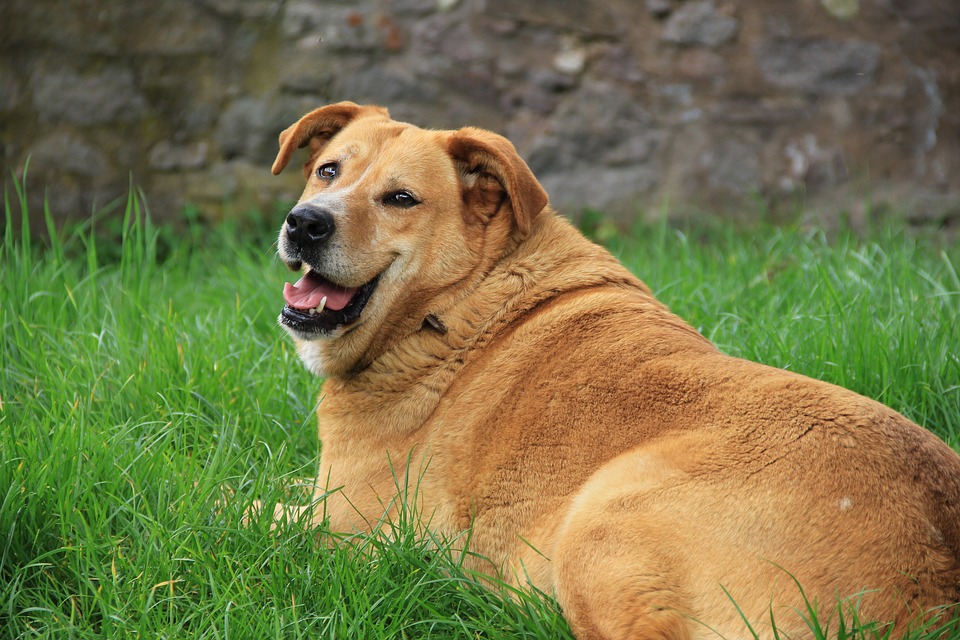
Have you ever thought about fattening a dog? Well, however, absurd this may sound, it is important to consider fattening your dog especially if they are skinny. Some dogs are genetically skinny because of their genetic makeup. However, others are skinny because of malnutrition or consumption of less food below the dietary requirements.
The process of fattening the dog has to be done just right.
1. Figure out the cause of the dog’s loss of weight
The first thing that you have to do is to monitor the dog in such a manner to unravel any underlying issues that may be contributing to their weight loss. This makes it very easy for the problem to be fixed. The best way to achieve this is by first assessing the overall health of the dog through signs and symptoms such as a decrease in appetite, vomiting, diarrhea. This way, you will discover what disease the dog may be suffering from and getting the advice from a vet on how to improve the dog’s appetite and boost their weight and health.
2. Adjust the calories you give your dog
The second thing that you do to fatten the dog is to assess the actual weight of your dog relative to the ideal weight of that breed of dogs. This way, you can determine whether it is the breed that behaves this way or there is an underlying abnormality. Next is checking the food packaging against the ideal weight of the dog. This is to ensure that the dog is getting the required amount of calories per meal based on their body weight. Make a clear comparison of what the dog has been feeding on against what is recommended. This will allow you to measure the food portions accurately to get the correct daily food allowance. Then make a decision on how to increase the food allowance gradually to maintain the bowel balance thus ensuring the safety of the dog.
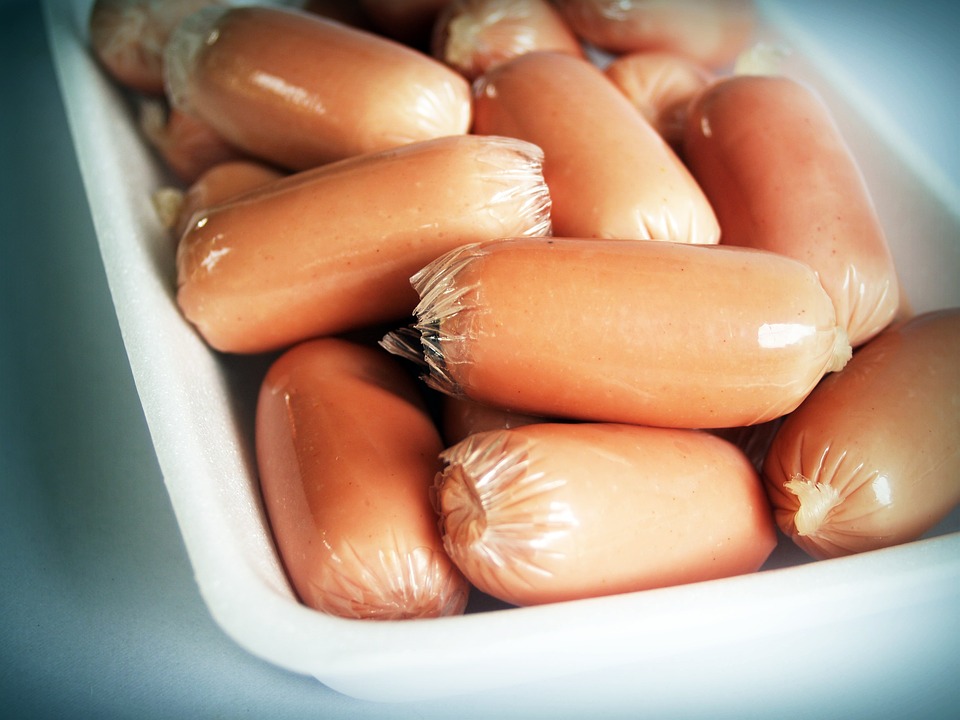
3. Change the dog’s diet
One thing that you have to note is that feeding the dog the same food over and over often is not healthy. This means that you have to invest in dog vitamin B-rich foods such as beef, chicken liver among other snacks at least thrice a week. Then follow this with a gradual transition to high-energy foods. These foods have a high caloric content and thus ensuring easy absorption and assimilation into the body. This in effect prevents emaciation by giving the dog extra weight. Another trick is switching the dog from dry to wet foods that are vet-approved for homemade recipes to stimulate their appetite.
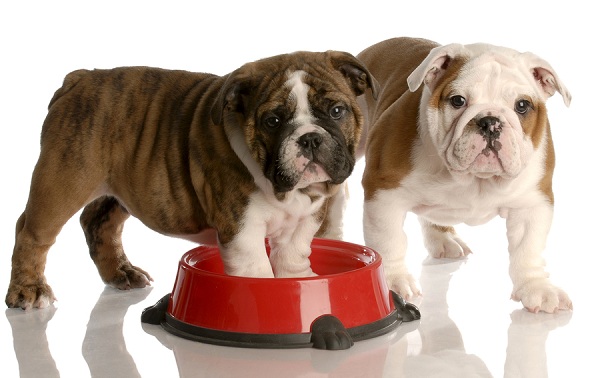
two nine week old english bulldogs puppies and a red dog food dish
4. Address the dog’s basic health issues
It is important to pay close attention to the overall health of the dog. The best ways in which you can do this is by giving the dog basic vitamin supplements that will in turn stimulate the enzyme system boosting their appetite and energy metabolism required for growth and maintenance. Regularly deworm the dog using de-wormer medications to eliminate the worms’ competition for food in dog’s bowel causing poor conditions. You have to bear in mind that dogs that are actively working, lactating or travelling require much energy. This means that you can give them energy supplements rich in carbohydrates and vitamins for growth.
How I Nursed My Scottish Sheepdog Back from the Brink of Starvation –
A Personal story
When Whiskey was found by the side of the road, he was in a terrible state. Dehydrated and malnourished, his ribs and spine showed clearly through the dry and flaky skin that was visible in patches all over his body.
Fortunately, the animal shelter had already done a marvellous job of nursing Whiskey back to health by the time I first set eyes on him, but it was clear from his demeanour and his appearance that he still had a long way to go. He had none of the exuberance and vitality that you would expect from a Scottish Sheepdog, but he did have a sparkle in his eye that I just couldn’t ignore, so I agreed to adopt him, there and then, and I vowed that I would make up for the terrible abuse that I could only imagine that he must have endured.
I had never taken care of a malnourished dog before, so I had no idea what to do. So, as advised by the animal shelter, my first port of call was the local vet to have Whiskey checked over and to get some advice.
While my first instinct would have been to lay down the biggest bowl of dog food that the poor dog had ever seen, the vet told me to take it easy. In fact, he said that there was plenty of time for Whiskey to put on weight and I shouldn’t rush the process.
We started with small portions of good quality puppy food; fortified with a vitamin and mineral supplement that the vet had recommended. I also fed Whiskey the occasional snack, but the vet had told me that the majority of the food should come from dog food, so I resisted the temptation to overdo the treats.
It took a while for Whiskey to learn to trust me and what seemed like an eternity for him to start putting on weight. But in a few weeks, I could see the some of his energy was returning, so I gradually increased the portion size of his meals and started to exercise him a little bit more.
Today, I am pleased to report that Whiskey is looking happier and healthier, albeit a little bit thinner than you would expect of a Scottish Collie, but with the appetite that he now has, I don’t think it will be too much longer before he fills out again.
We have some way to go yet, but the vet tells me that Whiskey is well on the mend now. One thing’s for sure, though, I have found my bestfriend in the world, and he sure isn’t ever going to go hungry again.
Conclusion
Whatever the cause of malnutrition, be it neglect or an underlying illness, an undernourished dog can be nursed back to health, but it does take time and you shouldn’t over-feed the dog on fatty foods and carbohydrates just to make it put weight on.
If a dog has not been eating properly or it has not been digesting its food, the dog is going to be lacking in essential vitamins and minerals that will need to be replaced by feeding it a balanced diet.
Different breeds of dogs need different amounts of food to stay healthy so you will need to research your own dog’s nutritional requirements to ensure that your pet gets all the nutrition that it needs to gain weight and to maintain a healthy weight.
We have dealt with some of the more severe cases of weight loss dogs in this article, but the same advice applies if your dog has lost a small amount of weight. It is as much to do with the quality of food that you feed an underweight dog as it is to do with the volume.
Feed a dog a varied diet, start off with regular small meals fortified with supplements and easy to digest puppy food, and start to exercise the dog when it is ready, and dog’s energy and vitality will slowly return.
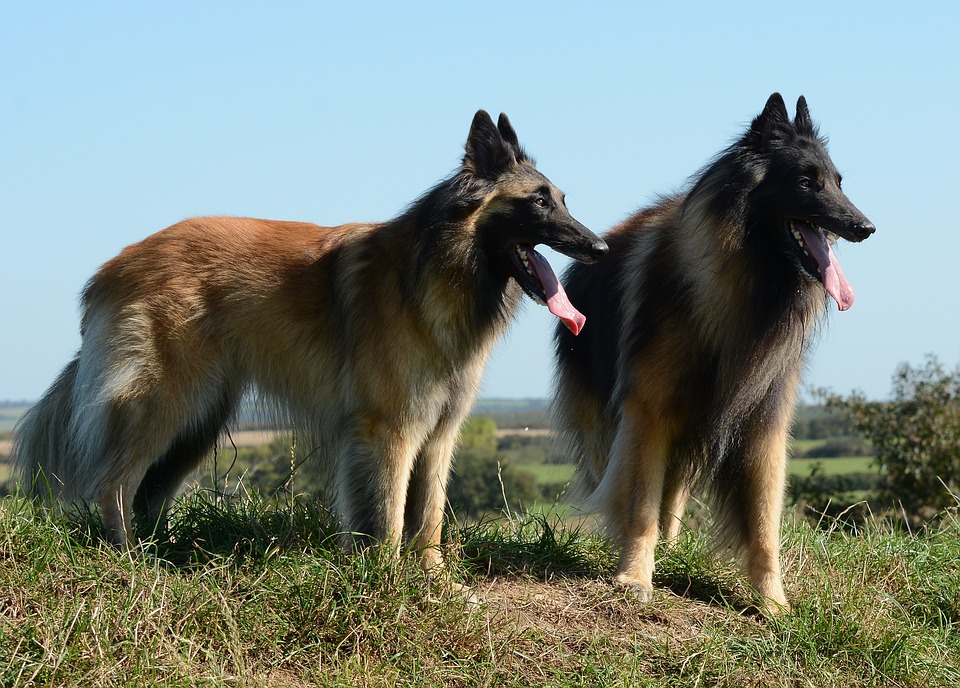
Before you do any of that, however, if your dog has lost weight suddenly, you should take your pet to the vet to find out what has caused the weight loss, so that any underlying illness can be treated as well.
We have seen some dogs that are taken to a rescue facility or a dog shelter when they look severely underweight. This does not automatically mean that the dog is sick but could be because the dog did not have access to sufficient food. In other cases, the dog could be ravaged by parasites or even serious diseases as cancer. Irrespective of what the main issue is, it is important to plan on having the dog checked by a veterinarian. This permits one to rule out issues that could be associated with severe loss of weight. This way, you get the ability to build on a highly specified diet to get the dog fat and healthy using the simple ways we have discussed.

